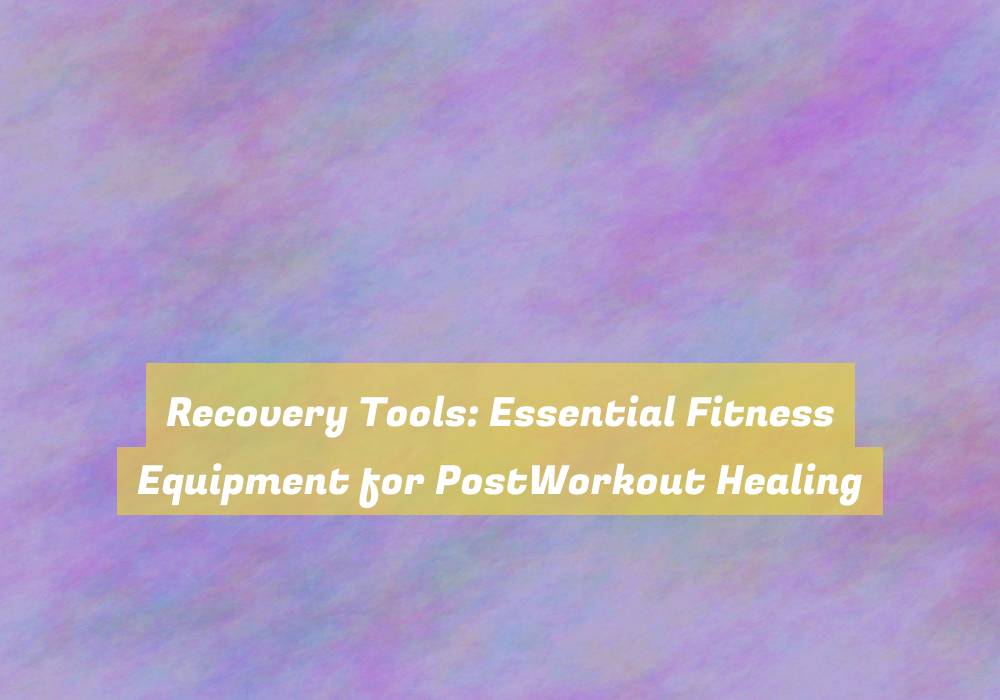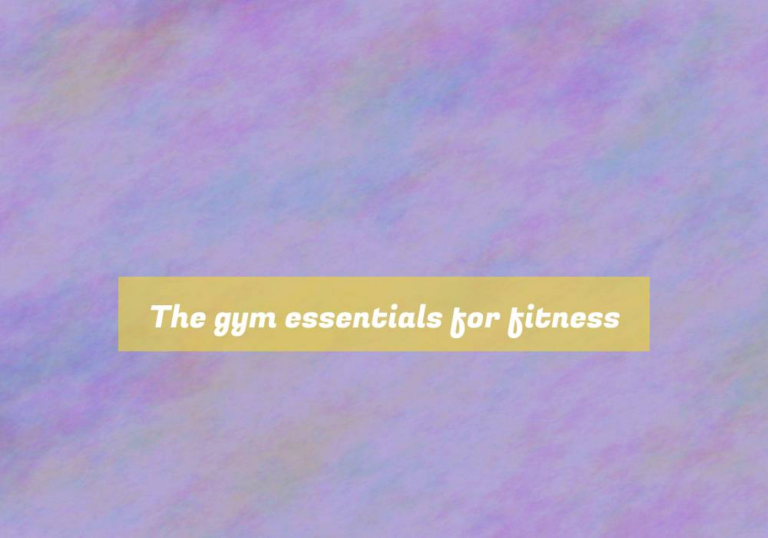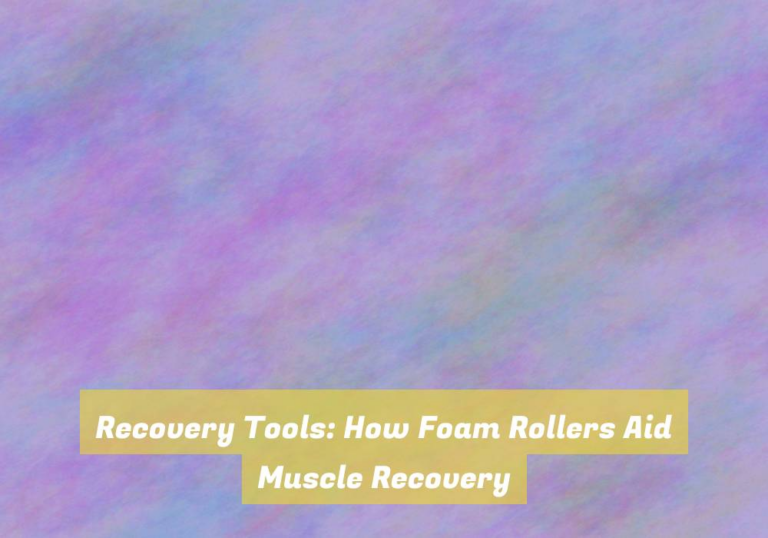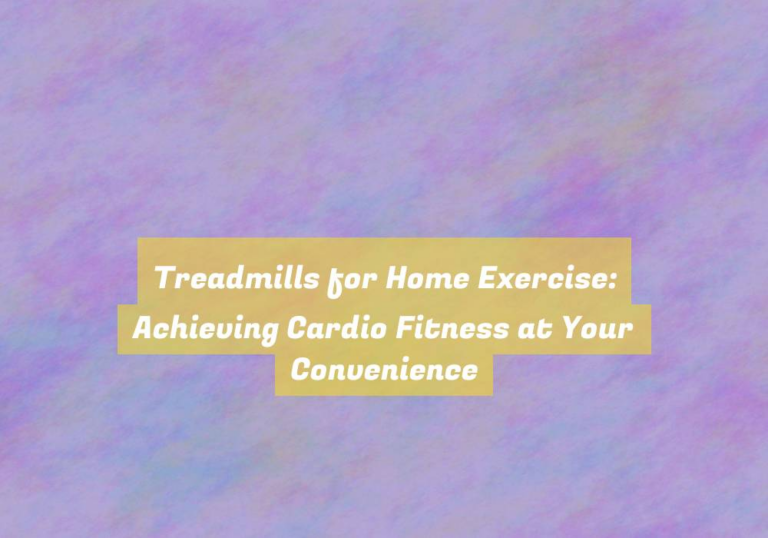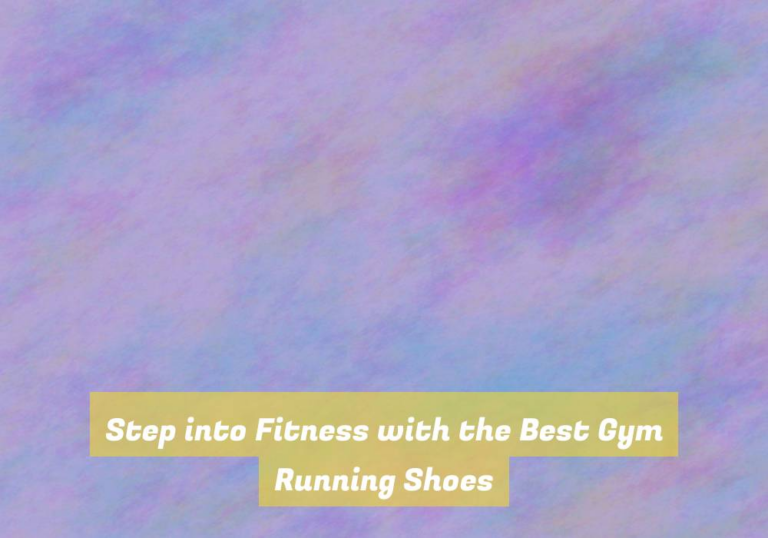Recovery Tools: Essential Fitness Equipment for PostWorkout Healing
YouG??ve just completed a grueling workout, and now itG??s time to give your body the attention it deserves. But what if I told you there are tools that can take your post-workout recovery to the next level?
These essential fitness equipment pieces are not just a luxury for elite athletes, but they can make a significant difference in how your body heals and performs. From foam rollers to cold therapy, these recovery tools are designed to help you bounce back faster and stronger after each workout.
But how exactly do they work, and which ones are right for you?
Foam Rollers: Aids in Muscle Recovery
Using a foam roller after your workout helps to aid in muscle recovery and reduce muscle soreness. When you engage in physical activity, your muscles can become tight and sore. Rolling out your muscles on a foam roller can help to release tension and improve blood flow to the targeted areas.
This process, known as self-myofascial release, can enhance the recovery process by breaking up adhesions and scar tissue that may have formed in the muscles due to exercise. By using your body weight to apply pressure to specific muscle groups, you can effectively loosen tight spots and speed up the healing process.
Additionally, foam rolling can help to increase your range of motion and flexibility, allowing you to perform better in your next workout. Incorporating foam rolling into your post-workout routine can be a valuable tool for preventing injuries and maintaining overall muscle health.
Massage Balls: Targeted Relief for Sore Muscles
Massage balls provide targeted relief for sore muscles, helping to alleviate tension and improve muscle recovery after your workout. These small, firm balls are designed to target specific areas of muscle tightness and discomfort. By using massage balls, you can apply direct pressure to trigger points, knots, and tight muscles, releasing tension and promoting blood flow to the affected area. This targeted approach can help reduce muscle soreness and speed up the recovery process, allowing you to bounce back more quickly for your next workout.
When using massage balls, itG??s important to apply steady pressure to the sore muscles while rolling the ball back and forth or in circular motions. You can adjust the intensity of the massage by controlling the amount of body weight you apply to the ball. Focus on areas that feel particularly tight or tender, and spend extra time on those spots to help release the built-up tension.
Incorporating massage balls into your post-workout routine can be a valuable tool for addressing specific areas of discomfort and promoting overall muscle recovery.
Compression Gear: Enhancing Recovery Process
After targeting specific areas of muscle tightness with massage balls for post-workout relief, consider incorporating compression gear to enhance the recovery process and support muscle repair.
Compression gear, such as compression sleeves or tights, applies gentle pressure to the muscles, improving blood circulation and reducing swelling. This helps in flushing out metabolic waste products like lactic acid that contribute to muscle soreness.
By increasing blood flow, compression gear delivers more oxygen and nutrients to the muscles, aiding in their recovery and repair. The supportive nature of compression gear also reduces muscle vibration during movement, decreasing fatigue and the risk of muscle damage.
Additionally, wearing compression gear post-workout can help alleviate muscle stiffness and soreness, promoting a quicker recovery for your next training session.
Whether youG??re an athlete looking to enhance performance or simply aiming to recover from intense workouts, incorporating compression gear into your post-workout routine can be a game-changer in optimizing your recovery process and overall fitness journey.
Cold Therapy: Ice Packs and Cryotherapy Benefits
Consider incorporating cold therapy, such as ice packs or cryotherapy, into your post-workout routine to accelerate recovery and reduce muscle inflammation.
Cold therapy is a powerful tool for aiding in the healing process after intense physical activity. Applying ice packs to specific muscle groups can help constrict blood vessels, reduce swelling, and alleviate pain. This can be particularly beneficial for targeting areas that have been heavily stressed during your workout.
Additionally, cryotherapy, which involves exposing the body to extremely cold temperatures for a short period, has gained popularity for its potential to enhance recovery. Whole-body cryotherapy chambers can provide a more comprehensive cold therapy experience, promoting overall muscle rejuvenation and reducing post-exercise soreness.
By incorporating cold therapy into your routine, you can facilitate faster recovery, allowing you to return to your fitness regimen feeling refreshed and ready to tackle your next workout.
Whether you opt for traditional ice packs or explore the benefits of cryotherapy, these cold therapy methods can be valuable assets in your post-workout healing arsenal.
Conclusion
So, whether youG??re a seasoned athlete or just starting out, incorporating recovery tools into your post-workout routine is essential for healing and preventing injury.
From foam rollers to massage balls, compression gear to cold therapy, these tools can help you recover faster and get back to your fitness routine with less pain and stiffness.
DonG??t overlook the importance of investing in these essential fitness equipment for your overall well-being and performance.

